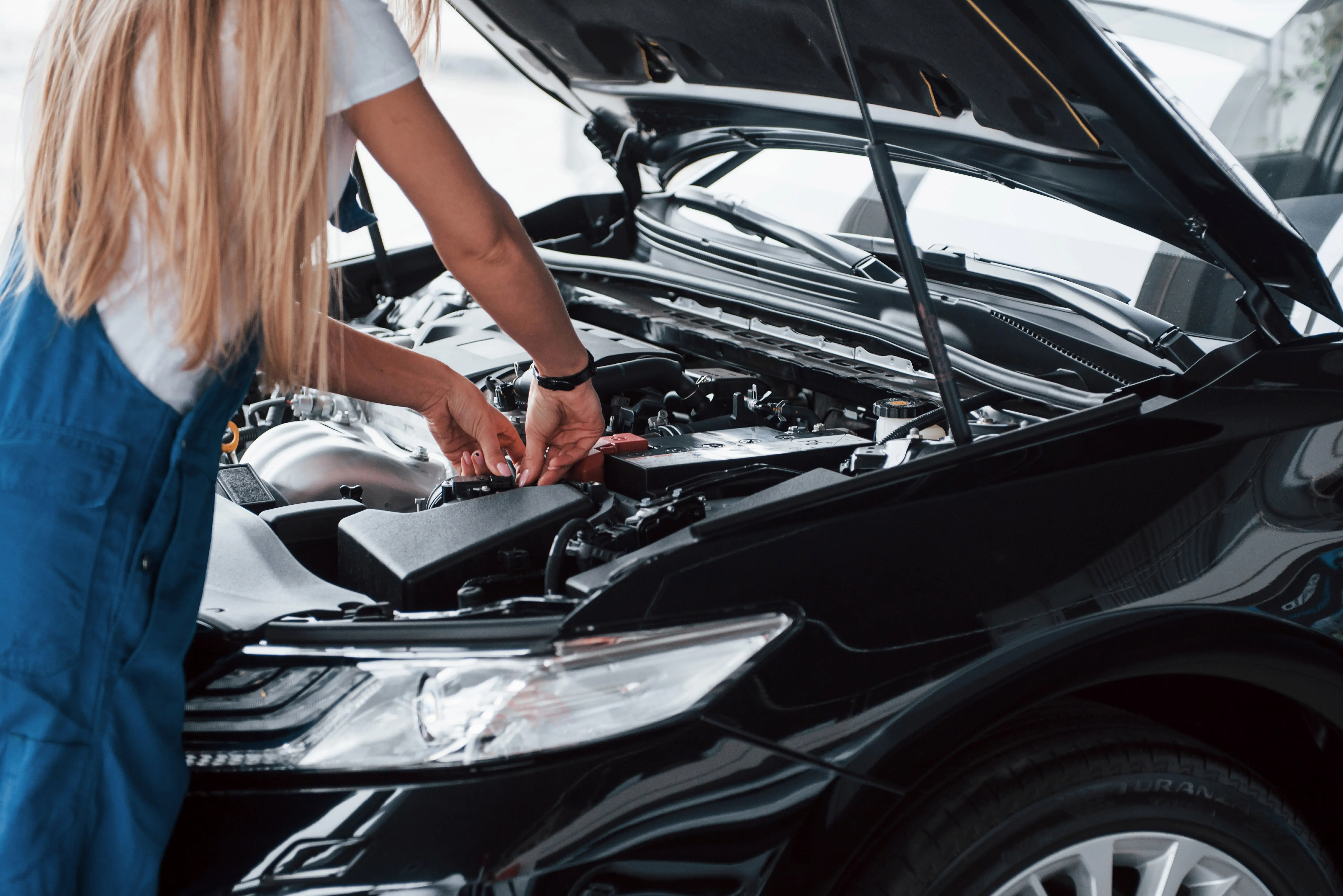Question: I was driving home from work and kept hearing a bubbling sound. When I got home, I looked at my engine and saw that my coolant reservoir was bubbling. Why is my coolant reservoir boiling but my engine doesn’t overheat?
Answer: If your coolant is bubbling but the engine temperature is steady, there’s a good chance that the coolant isn’t actually boiling. You’re likely seeing air bubbles in the cooling system. However, air can create a blockage that will eventually cause your engine to overheat, so don’t ignore the problem.
Here are some of the reasons you might have air in your cooling system:
Trapped air after coolant change
When you change or top off your coolant, air can sometimes get trapped in the system. As the coolant circulates, those trapped air pockets will bubble up, and it will look like the coolant is bubbling.
This is a fairly easy fix that you may be able to tackle at home. Many vehicles have valves that allow you to bleed air from the cooling system, though not all of them do. Wait a few hours after driving to be sure your engine is cool. Then, open the air valves and slowly add a mixture of 50% coolant and 50% water to your coolant reservoir. It may to help push the air out more quickly if you jack up the front of your car. Be sure to read your owner’s manual to verify that you’re using the right coolant for your car.
Once coolant starts coming out of the air valves, close them, then start your engine, turn on the heater and rev your vehicle a few times. Open the bleed valves again, then add more coolant if you need to. You may need to repeat this process a few times to remove all the air.
Need to know:
You may also need to bleed the air out of your system if the boiling issue is caused by something like a blown head gasket, but be sure to repair the problem first; otherwise, air will keep entering the coolant reservoir.
Blown head gasket or bad radiator cap
Your cooling system is normally tightly sealed, creating a separation between the liquid coolant and the high-pressure gasses contained in the combustion chamber. The head gasket and radiator cap help create that seal, and if either becomes warped or damaged, that seal can break, allowing gasses to get into your coolant.
If the problem is your radiator cap, you’re in luck. You can usually pick up a replacement for less than $20. From there, just unscrew the old cap and put the new one on.
Unfortunately, replacing a blown head gasket is a fairly expensive repair. It starts around $1,000, but the cost can go up to $3,000 or more depending on the vehicle you drive, the cost of labor where you live and more.
Faulty thermostat
Even if your car isn’t overheating, the thermostat could be the cause of this issue. The thermostat opens and closes to regulate the flow of coolant through the radiator. If the thermostat is malfunctioning, it may not open or close at the right times, which can create air bubbles in the coolant.
Replacing your thermostat usually costs $500 or more, depending on the car you drive and where you have the work done.
These aren’t all the reasons you might see bubbling in your coolant reservoir, but they’re some of the most common. To properly diagnose and repair the issue, take your vehicle to a qualified mechanic.

Expert insurance writer and editor Amy Bobinger specializes in car repair, car maintenance, and car insurance. Amy is passionate about creating content that helps consumers navigate challenges related to car ownership and achieve financial success in areas relating to cars. Amy has over 10 years of writing and editing experience. After several years as a freelance writer, Amy spent four years as an editing fellow at WikiHow, where she co-authored over 600 articles on topics including car maintenance and home ownership. Since joining Jerry’s editorial team in 2022, Amy has edited over 2,500 articles on car insurance, state driving laws, and car repair and maintenance.

Phil Metzger is a personal finance editor and writer with more than 30 years of experience editing and writing content across a variety of industries. In writing and editing for Jerry, Phil’s mission is to help car owners better understand their vehicles and the costs associated with car ownership. Before joining Jerry, Phil worked as a writer and editor for newspapers, magazines, television radio and online news. His work has appeared in many major publications and websites over the years, including a series he edited that was a finalist for a Pulitzer Prize.








